Description
Turbidity Monitoring for Dredging Operations Course:
- MODULE 1: Introduction to Dredging and Turbidity
- MODULE 2: Why Turbidity Monitoring is Essential
- MODULE 3: Dredging and Environmental Considerations
- MODULE 4: Cutterhead Dredge and Turbidity
- MODULE 5: Bucket (Clamshell) Dredging
- MODULE 6: Barge and Hopper Overflow
- MODULE 7: Dustpan Dredge
- MODULE 8: Importance of Turbidity Testing & Monitoring
- MODULE 9: Parameters
- MODULE 10: Measuring Turbidity
- MODULE 11: Monitoring Equipment
- MODULE 12: Monitoring Turbidity at Dredging Sites
- MODULE 13: Turbidity Evaluation Tools
- MODULE 14: Compliance
What is Turbidity Monitoring During Dredging Operations Training?
Dredging is a common practice for removal of contaminated sediment for remediation or for maintenance and expansion of ports, harbors, and shipping channels. Turbidity monitoring during the dredging operation provides needed data to aid in decision making and ensure minimal environmental impact.
Who Should Take the Turbidity Monitoring During Dredging Operations Course?
This course is ideal for workers on Government Dredging Projects. A passing grade is 70% or more is required to receive a certificate.
- Are you a Quality Control Manager working on dredging projects?
- Are you a worker on dredging projects who wants to advance to a Quality Control Manager?
- Are you a Site Safety and Health Officer who would like to be dual role qualified (SSHO and Quality Control Manager).
If so, this might be the perfect course for you.
You Are Learning From The Best
TITAN not only develops and teaches online Safety, Quality Control, and Environmental Courses, we are on construction sites all across America every day providing Safety, Quality Control and Environmental expertise to some of the biggest names in the Government Construction industry.
Experience, Reputation, Dedication
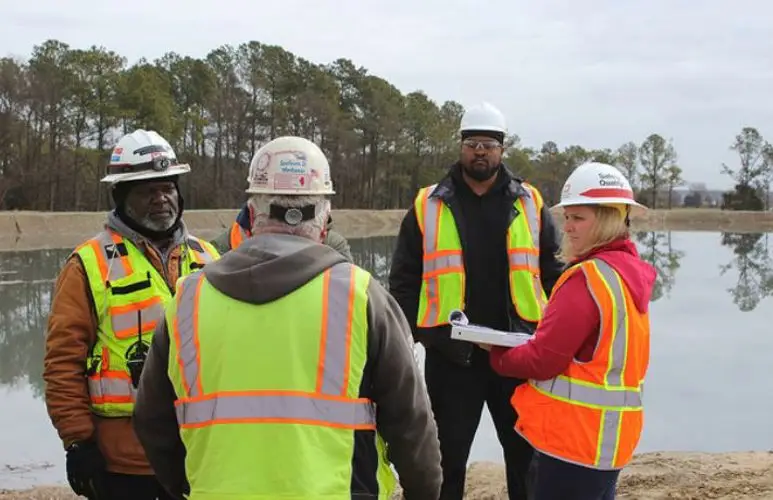
When will I receive my certificate for Turbidity Monitoring for Dredging Operations?
You’ll receive your certificate right after completing your course with a passing score of 70% or more.
How do I find my certificate for Turbidity Monitoring for Dredging Operations?
There are a few places you’ll find your certificate.
First
As soon as you pass your course, a button to download your certificate will display towards the top of your screen.
Second
On the dropdown menu, using your mouse, hover over the link “Courses”. You’ll then be able to click on or Certificates”.


Third
You can also find a certificate link on the far-left sidebar of the same screen you’re on now. Your certificates are located within the 4th icon down which looks like a piece of paper.

Fourth
Just in case you’re having a hard time, contact us by clicking the “Chat with us” button on the bottom of the screen, or give us a call at 407-714-9670.
Where can I find the downloadable course materials?
When you begin your course, on the first Module, you will see a small icon towards the top of the screen called Course Materials. Click the icon and download from there. Or, at the very top of each Module, you will see a link reading: Download Course Materials. You don’t have to download the materials from each page, they are simply on every page to remind you to download them before it’s too late.
If I’m having a problem taking a Turbidity Monitoring for Dredging Operations course, can I get help?
First, we want you to know, we are here to help you! Whether you’re having a problem or have a suggestion, we want to hear from you. There are a few ways to reach out to us.
- Online Chat
Towards the bottom of your screen, you’ll see a “Chat with Us” button. Give the button a click and you’ll be speaking to a Titan University Support Rep in no time. Chat support is available from 8:00 a.m. until 5:00 p.m. Monday through Friday eastern time.
Phone
Phone support is available from 8:00 a.m. until 5:00 p.m. Monday through Friday eastern time. The number is 407-714-9670. You can also choose to leave us a message with your name and phone number. We check our messages even if it’s the weekend.
Contact Form
If you’re having problems after business hours, or over the weekend, use our contact form located here https://titanuniversity.org/contact-us/ Let us know how we can help you and the best way to reach you. We check our messages frequently even during non-business hours.
The Forum
Our forum is full of people just like yourself, people who work in construction, mostly government construction and are contractors, superintendents, project managers, quality control manager, schedulers, and site safety and health officers. Most everyone is willing to help. When logged in, at the top of your screen, just click the forum link, and ask away. You never know who will be in there! A co-worker, a new job offer, a new employee, or new friend. Here’s a link.
What is navigational dredging?
Navigational Dredging is not only necessary in reducing fish, wildlife, and people to contaminants in bodies of water, it’s necessary for survival. Navigation Dredging focuses on increasing the depth of navigation channels, anchorages, or berthing areas to ensure the safe passage of boats and ships.
Vessels require a certain amount of water in order to float and not touch bottom. This water depth continues to increase over time as larger and larger ships are deployed. Since massive ships carry the bulk of the goods imported into the country, dredging plays a vital role in the nation’s economy.
How does dredging affect turbidity?
Dredging was found to change the overall probability distribution of turbidity values, increasing the frequency of extreme values and altering the intensity, duration and frequency of the turbidity events over background levels.
Does dredging increase turbidity?
Dredging can cause extra turbidity. This is why Environmental impact assessments and monitoring assist us in evaluating how much extra turbidity is too much. Turbidity fluctuations in the natural, background environment should be determined as part of an environmental baseline study.
What is turbidity monitoring?
Turbidity is a measure of water clarity. Suspended materials like silt, clay, and sand, are some of the materials that cause poor water clarity. These materials are typically in the size range of 0.004 mm (clay) to 1.0 mm (sand). Turbidity can affect the color of the water.
Regular turbidity monitoring helps to identify developments that might indicate increasing erosion in developing watersheds. Evaluations of turbidity changes over time should be made at the same point and at the same flow.
What are the advantages of dredging?
Waterway Project Preparation: Dredging is a critical step in underwater excavation in construction projects like bridges, docks, underwater tunnels, and piers.
Widening and Deepening Waterways: Dredging is critical in the commercial shipping industry. Dredging (removing sediment) can help maintain the appropriate width and depth for enabling the safe, unobstructed passage of cargo vessels carrying oil, raw materials, food, and other essentials.
Land Reclamation Projects: Dredging (Sediment removal) can be used as a source of materials for land projects. Once dredged, the sediment is dried out and transported to a new location where additional land is required for building and other purposes.
What are 5 environmental impacts turbidity can cause?
Here are 5 environmental impacts turbidity can cause for fish as fine particles can have a dangerous effect on them.
- Turbidity can kill fish or reduce their growth rate. Turbidity also leaves them open to disease.
- Turbidity can prevent preventing positive development of both fish eggs and larvae
- Turbidity can alter natural movements and migrations of fish
- Turbidity can reduce the amount of food that fish need to survive
- Turbidity can also affect the efficiency of methods for catching fish.
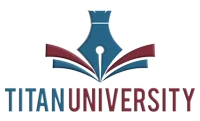


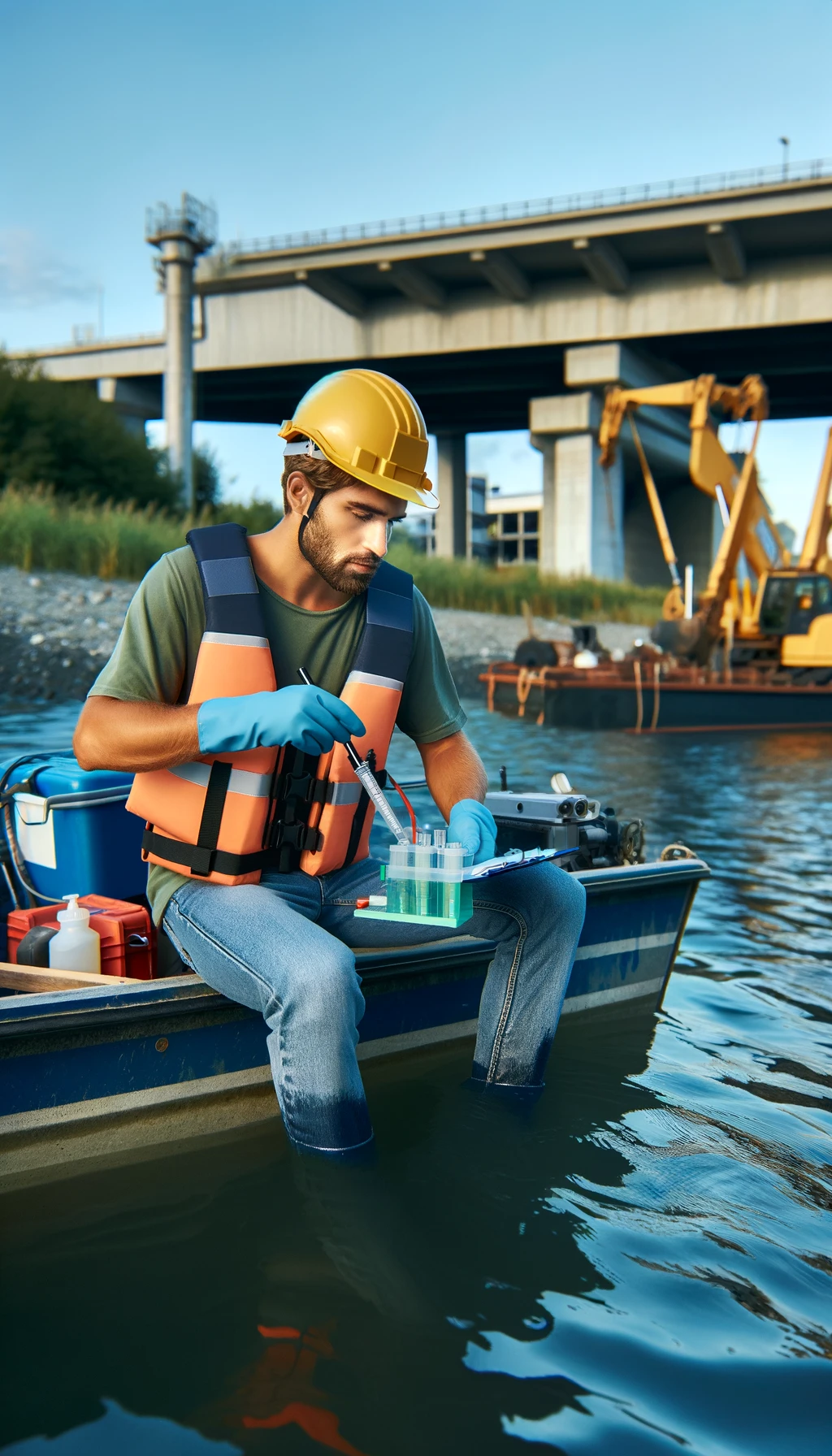
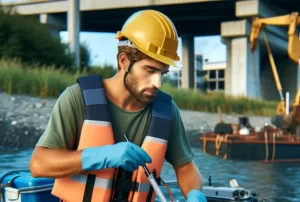



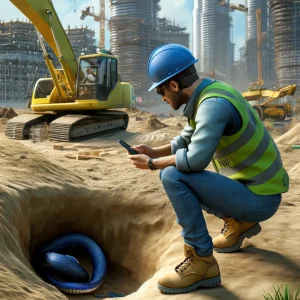
2 reviews for Turbidity Monitoring for Dredging Operations
Ratings and Reviews
Several questions were not covered in the reading material. Other questions included wrong words such as "in" instead of "on" or "suspended" instead of "bedded". Course material as well as quizzes need to be better edited.
Learned more than I thought about turbidity. Fell pretty confident now to conduct a test.